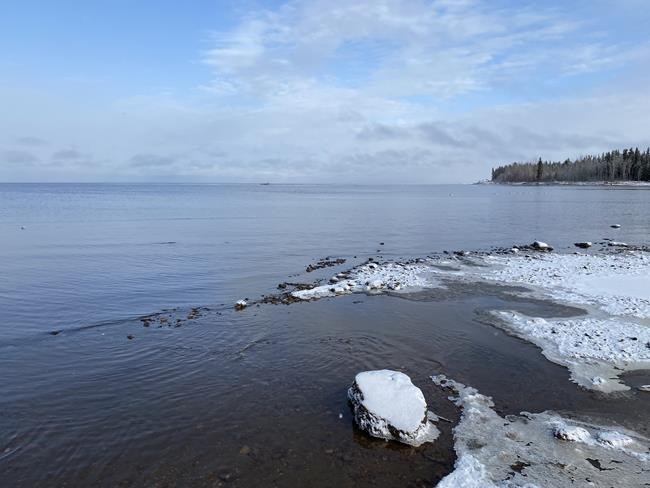OTTAWA ŌĆö On the shores of the eastern arm of Great Slave Lake in the Northwest Territories, Iris Catholique and the Ni Hat'ni Dene Indigenous Guardians have spent several years watching the ice take longer and longer to form every winter.
It's another sign of climate change and the changing environment in the north, and one more thing they are keeping track of as the group tasked with conserving both their traditions and their lands.
"We call it 'Dene Chanie' and that means who we are, our way of life," said Catholique.
The Ni Hat'ni Dene program is one of 150 different Indigenous Guardians programs that have blossomed in the last five years.
First Nations account for 120 of those, while Inuit and M├®tis communities make up the rest.
This week, 250 guardians from almost all the existing programs are meeting in Ottawa for the largest national gathering yet.
It is a networking event for most, and a chance to see what's working elsewhere and how other groups have built and expanded on what, for many, are still pilot programs without permanent funding.
Val├®rie Courtois, the executive director of the Indigenous Leadership Initiative that advocates for the network of independent guardian programs, said the number of programs quadrupled in the last five years.
Ottawa initially provided $25 million in funding, and in 2021, expanded that $100 million over five years.
Courtois said it's a good start but she wants enough funding for every community to start a program if they want one.
"Our ultimate goal is that every First Nation that wants a guardian program should be able to have that support and the second goal is that funding should be ongoing and permanent in the same way as health funding and education funding and all of the other issues," Courtois said.
"Environment is just as important as those other programs."
The guardians programs are as varied as the lands they occupy.
The Ni'Hat'ni Dene guardians keep watch over Thaidene N├½n├®, an Indigenous protected area spanning more than 26,000 square kilometres, where the boreal forest transitions into tundra.
In the winter, the seven guardians monitor caribou movements, keep track of other wildlife, and help trap and harvest to feed the residents of the ┼üuts├½l K'├® Dene First Nation. In the summer, when they hire six students to bolster their team. They monitor water quality and act as the search and rescue teams for visitors, who are coming back in high numbers now that COVID-19 is diminishing.
Thousands of kilometres away, north of Sault Ste. Marie, Ont., the Wahkohtowin Guardian Program is teaching young adults to tap birch trees and to identify and harvest local plants for medicinal uses.
This summer, they're working on tracking moose by seeking out their waste and determining if the areas where the government is working to protect moose habitats actually make sense.
Amberly Quakegesic, the Wahkohtowin program manager, said the program has a heavy emphasis on reconnecting young people to their land and traditions. Every spring they hire post-secondary students to work all summer.
"We had one youth participating who had never been to his community, never been on his treaty lands and didn't really know anybody," she said.
"And then he went and spent a week there and he met uncles and was gifted a feather. He made a lot of strong connections. And now he's working for his lands and resources department."
Courtois said the programs respect the knowledge that Indigenous peoples have of the land they have been guardians of for centuries, and that benefits everyone.
Courtois, who is from Labrador, said guardians have helped forestry companies keep their equipment out of bog, for example.
It's also a program, she said, that advances reconciliation.
This report by The 91įŁ┤┤ Press was first published May 9, 2023.
Mia Rabson, The 91įŁ┤┤ Press



